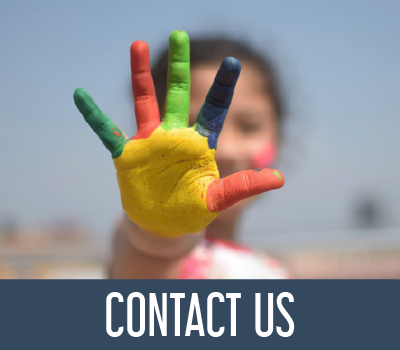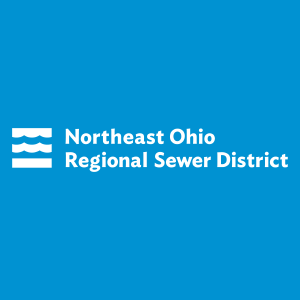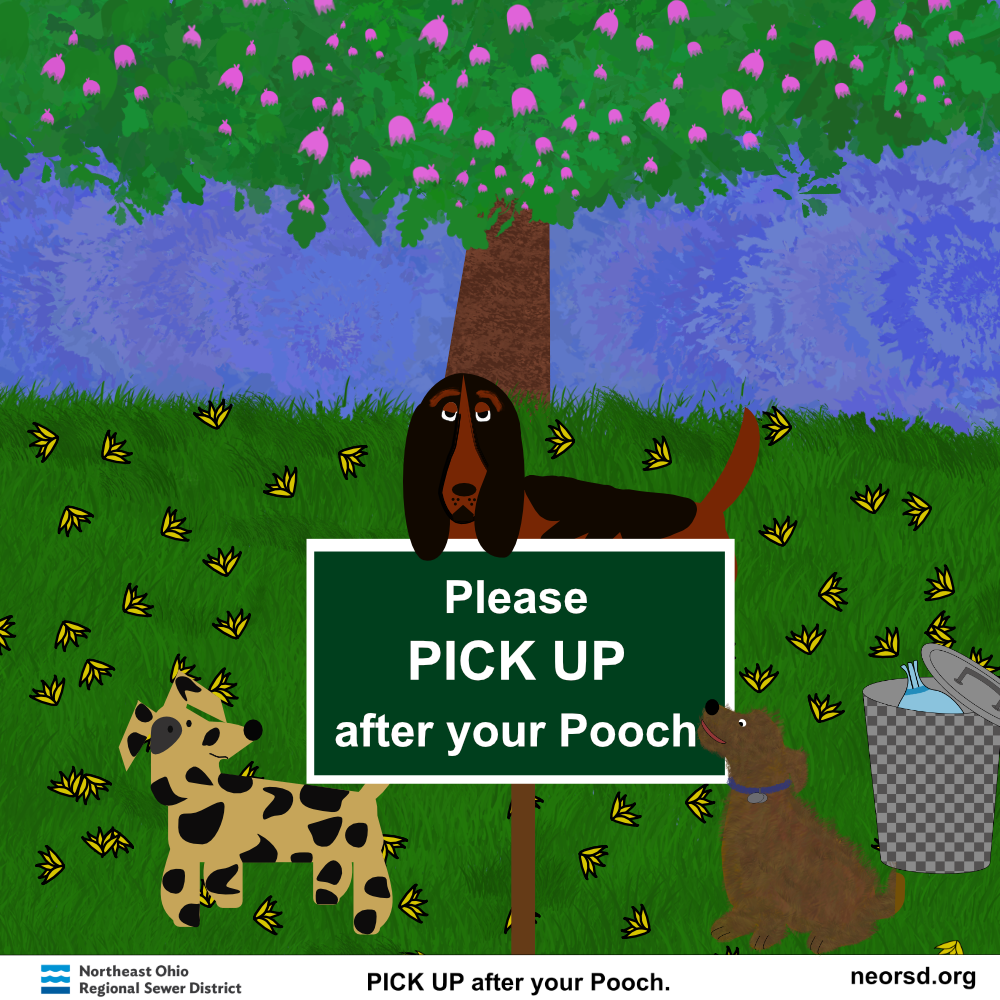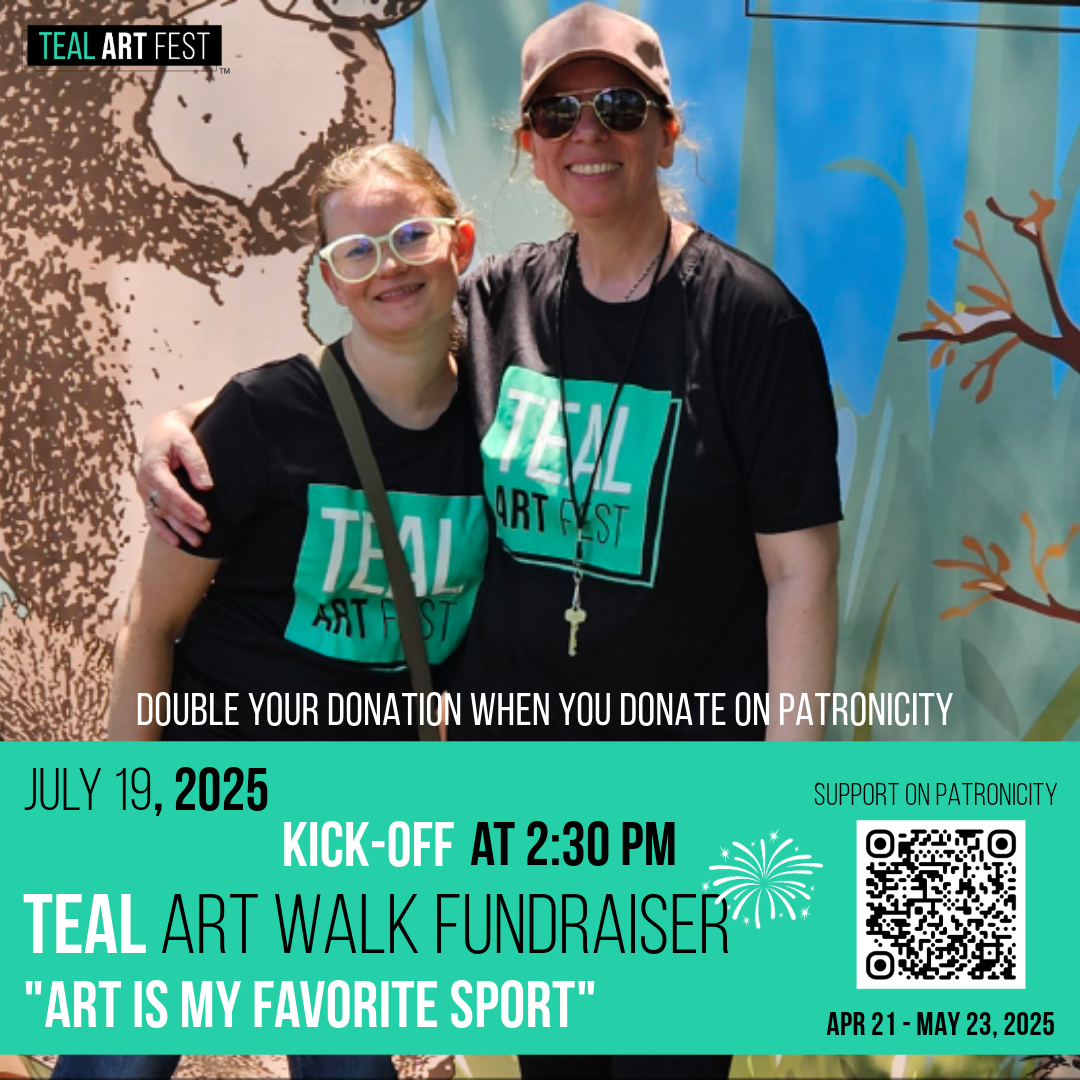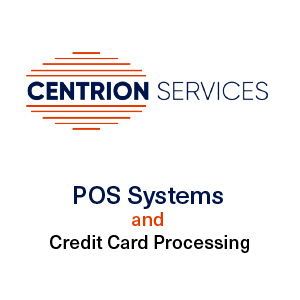Education is shifting fast. Traditional classrooms are giving way to blended approaches that mix innovation, professional growth, and digital tools. The goal is simple: help students learn more deeply and stay engaged. By combining strategies that fit different learning styles, teachers create flexible environments where students can think critically and participate actively. Technology adds another layer—boosting motivation, delivering instant resources, and allowing lessons to adapt in real time. In Singapore, schools emphasize holistic growth, blending academics, arts, and tech to prepare students not only for grades but also for lifelong skills.
Academic Support in Today’s Learning Environment
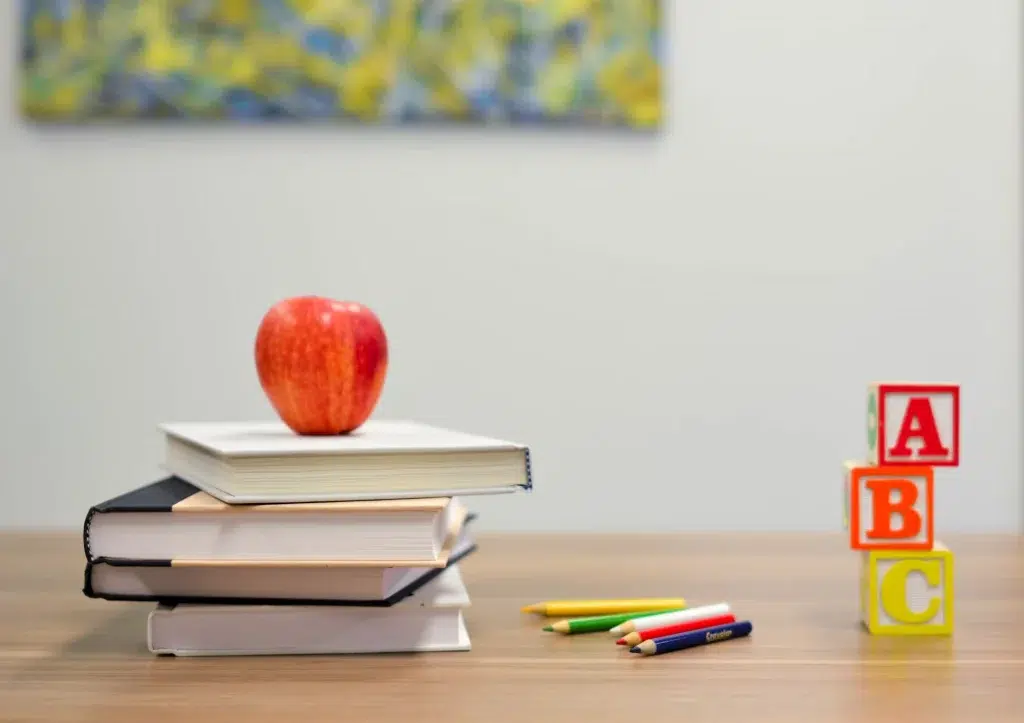
Structured support programs can change outcomes. A calm, low-stress setting helps students focus, practice skills, and get quick feedback. In Singapore, flexible tutoring like Tuition Singapore has grown popular because it allows personalized paths. These sessions address issues like weak study skills or time management and help raise confidence.
Programs may include peer mentoring, coaching, or early alert systems that flag risks such as missed classes. Supplemental instruction reinforces lessons, while academic coaching builds habits of organization and goal-setting. Together, these tools improve performance and reduce anxiety, leading to stronger long-term achievement.
The Role of Performing Arts in Student Development
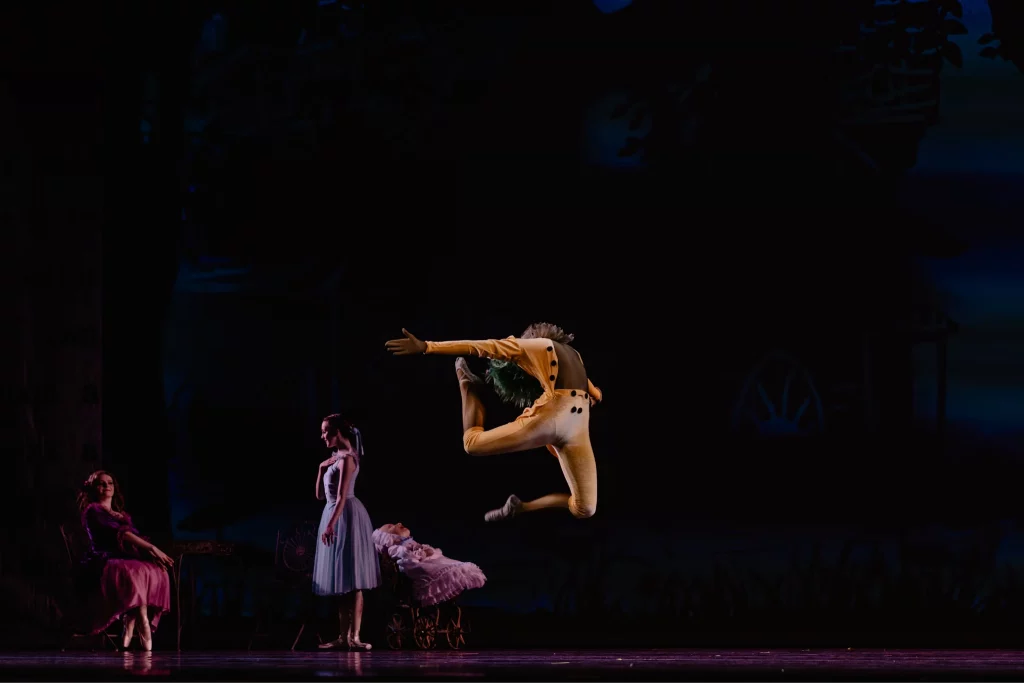
Arts education does more than teach performance. It sharpens focus, builds confidence, and encourages resilience through feedback. Students who dance, act, or play music often see gains in academic focus too.
Take ballet, for example. It develops posture, balance, and discipline. In Singapore, opportunities to book your ballet classes in Singapore give students a platform to balance academic studies with personal development, ensuring a well-rounded education that nurtures both intellectual and artistic growth.
The arts also connect ideas across subjects. Music history deepens cultural awareness. Dance strengthens spatial thinking. Both skills support problem-solving and higher-level cognition.
Technology as a Bridge to Engagement
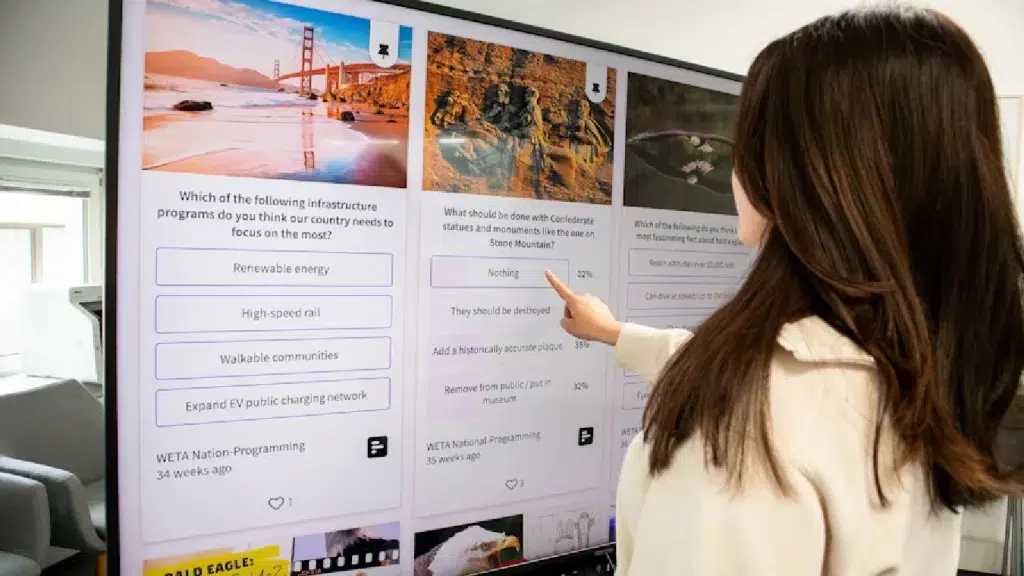
Technology has become a core bridge between students and learning. Benefits include:
- Quick access to resources
- Better independent study
- Online lessons and virtual experiences
- Increased flexibility for diverse learners
Even simple tools—like quality earphones, such as earphones Singapore, help students focus in noisy settings. AI-powered software takes it further by analyzing feedback and helping teachers adjust instruction. Virtual tours, guest talks, and AR/VR lessons turn abstract concepts into vivid experiences. Gamified apps make practice fun and keep learners active.
When used well, digital tools foster collaboration, critical thinking, and ownership of learning.
Communication Tools in the Modern Classroom
Strong communication keeps learning connected. PA system with microphone, messaging apps, and virtual platforms link teachers, students, and families. WhatsApp groups or Teams chats make it easy to share updates. Google Classroom streamlines assignments and feedback. Webinars and virtual meetings add new ways to learn.
Still, schools must guard against risks like privacy issues or uneven tech access. Policies that ensure equity are essential for digital communication to work for everyone.
Innovative Software in Education
Novel software solutions continue to reshape learning. AI-based tools give instant feedback and adapt lessons to individual needs. Language apps, MOOCs, and personalized learning platforms expand opportunities beyond the classroom.
The pandemic revealed both the strengths and limits of online learning. While many benefited from flexible access, others struggled with weak internet or limited devices. The challenge ahead is to keep the benefits while reducing gaps. Quality content, reduced distraction, and data privacy remain priorities.
Building a Balanced Approach for the Future
A balanced approach matters most. Combining academic support, arts, and digital tools creates a complete learning environment. Assessments—especially formative ones—help teachers adjust strategies on the spot. Universal screening tools identify students at risk, so interventions happen early.
Blended learning strategies that value different perspectives prepare students for a future that requires adaptability. The balance of human connection and innovative tools is what makes education effective, inclusive, and sustainable.
Summary
Modern education thrives on variety. Academic programs reduce stress and build skills. Arts nurture creativity, confidence, and discipline. Technology opens doors to resources and engagement. Innovative platforms personalize learning. When combined, these approaches equip students with the focus, resilience, and adaptability they need in today’s complex world.
Frequently Asked Questions
How does academic support improve student performance?
It builds confidence, reduces anxiety, and creates a low-stress environment for learning.
What are the benefits of performing arts in education?
They strengthen creativity, focus, and discipline, while also improving social and emotional growth.
How does technology enhance student engagement?
It provides instant access to resources, personalizes learning, and makes lessons more interactive.
What role do communication tools play in modern classrooms?
They connect teachers, students, and families, making collaboration faster and more effective.
Why is a balanced approach important?
Because it blends support, arts, and technology to meet diverse needs and prepare students for the future.


